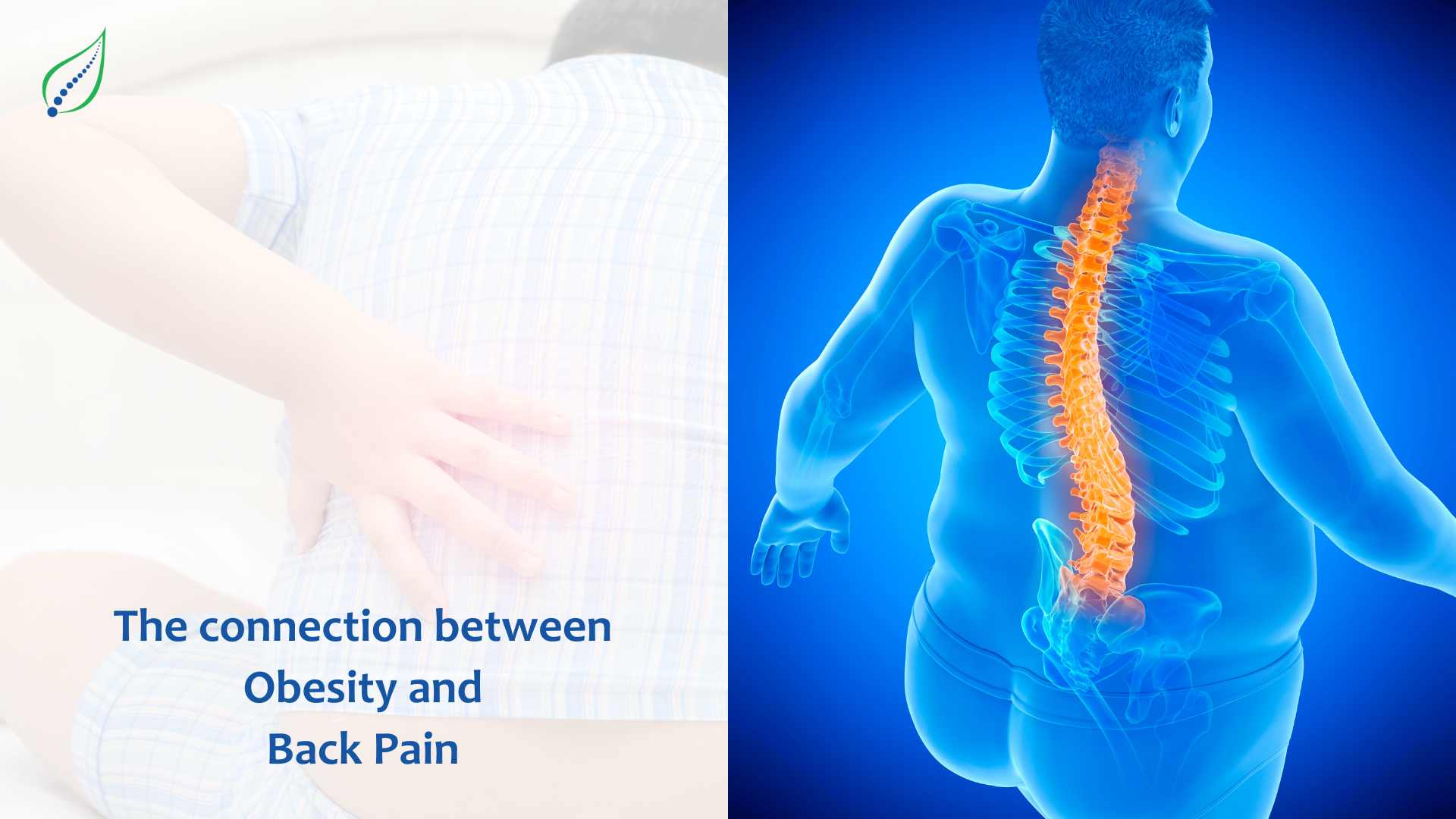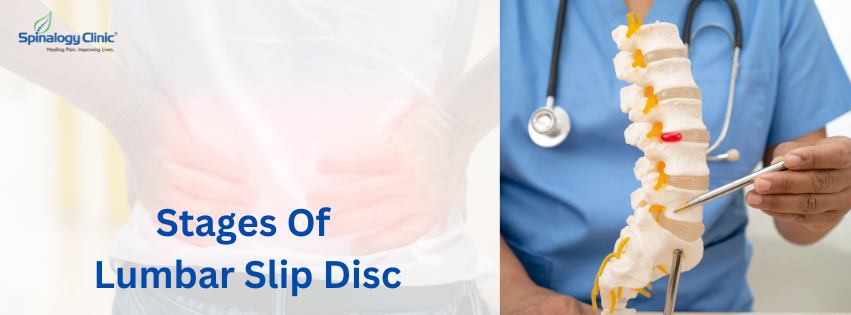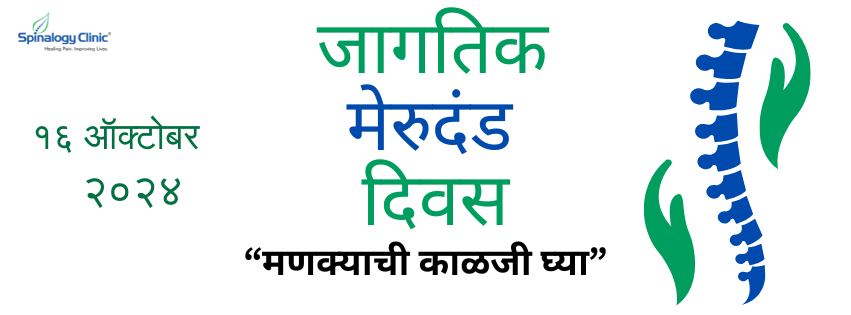The Connection Between Obesity and Back Pain
Obesity and back pain are two health problems that frequently occur together. When a person is overweight, it puts more pressure on their back, causing pain and discomfort. In this article, we are going to understand the connection between being overweight and having pain in the back, and talk about how reducing weight might assist in lessening issues with the back.
Research shows that as many as 80 percent of people with obesity experience back pain. The additional weight they carry puts stress on their spine, muscles and joints which can cause strain in tissues, bulging of the discs and joint inflammation. Having too much fat around the stomach may also cause the pelvis to tilt forward, making the lower back curve more than normal. This changes where the body's weight is centred and makes the spine carry more load than it should.
The Lumbar Spine Bears the Brunt
The lumbar spine is the region most impacted by obesity. This section bears much of the weight from the upper part of the body and is always under a lot of pressure. People who have much fat around their stomach can experience more pressure on the lower back area.
As time passes, the increased pressure makes the discs between the bones in the spine deteriorate and become less flexible. This might also bring about situations such as spinal stenosis where the gaps inside your backbone get smaller. This compresses nerves and causes symptoms like pain, numbness, and tingling.
Having too much weight not only presses down on the lower part of the spine but also causes it to bend forward into a shape that is not natural. This makes the back's ligaments and muscles stretch more than they should, which results in them feeling tight and sore. Weak core muscles from inactivity further exacerbate poor lumbar posture in obese individuals.
Often, the finish is a long-term pain in the lower back. This pain gets more severe during activities because the spine takes on extra weight and shock. Simple tasks such as tying shoelaces or rising from sitting can lead to pain. It might be hard too, trying to find a cozy position for sleep.
Lifestyle Changes to Lose Weight and Relieve Pain
To solve back pain from being overweight, it is best to lose weight so there is less stress on the spine. But this can be more difficult than it sounds. Obesity treatment should take a multifaceted approach through diet, exercise, and lifestyle changes.
Better nutrition is important but very strict diets are not helpful. When you diet too quickly, it leads to losing muscle and this makes your metabolism slower. This results in gaining the weight back and repeating cycles of dieting. A consistent, small reduction of calories, about 500 less every day, helps to lose fat slowly without feeling too hungry. Removing processed items, sweeteners, and too much saturated fat can also enhance the quality of one's diet.
Exercise is very important for making muscles strong, using up calories and increasing metabolic rate. People who are obese should choose activities that do not stress the joints too much, such as walking, swimming or riding a bicycle. Even simple daily movement like taking the stairs helps. Strength training is also beneficial. Building up the core muscles supports the back and improves posture.
Bottom Line
Obesity and back pain are two health problems that often go together. People who have obesity carry more weight, which can cause a lot of pressure on their spine. This can lead to strain in the tissues, problems with discs, and issues with how they stand or sit. The lower back endures the brunt of this burden.
Reducing extra body fat by eating better, doing more physical activities, and changing daily habits can make back pain less severe. Eating a little less and combining it with exercises for building muscles and gentle movements is the best way to keep up this healthy routine. Even modest weight loss of 10% of body weight significantly decreases lower back pain.

_1738219992.png)


